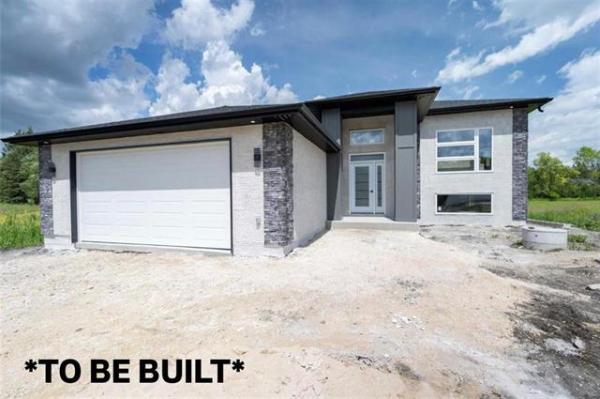Question: Recently, I was checking the basement in our six-year-old home for water during a thunderstorm. We’ve had it happen once before, during a really bad storm, where the water came in through the window wells somehow, so I was concerned. Water wasn’t coming in through the windows this time, but instead through small slots in the wall. They look like they are there from the form, not cracks.
I didn’t really know who to ask, but you were so knowledgeable during our home inspection a few years ago, I figured I would shoot you an email to get your thoughts. I’m not sure where to start or who to call, or if this is something I can fix myself.
Any advice or recommendations would be greatly appreciated. Thanks in advance.
— Kris Lanoway
Answer: Small leaks through rusted form ties are a common occurrence, but not normally on homes that new. Exterior excavation and re-waterproofing would be the ideal repair, but there are likely much easier and less costly fixes to attempt first.
What you are experiencing is a common defect inherent in the process of pouring a concrete foundation. Before a typical concrete foundation is poured, plywood forms are installed that hold the wet material in place until it is hardened. Because of the height of these forms, and the weight of the wet concrete mix, braces holding the top and bottom of the forms are often not strong enough to stop the plywood from bowing. To prevent this, and ensure the finished concrete walls are straight and plumb, small metal wires or bars are installed in various locations. These are inserted through small holes in both sides of the forms and bent or tied off to maintain consistent distance throughout their entire height and length. Once the concrete walls have solidified, the form ties are cut off to allow removal of the forms.
Since these metal objects can often protrude slightly beyond the exterior surface of the new foundation walls, even after being snapped off, additional measures are often taken.
Unfortunately, after several decades, the damp-proofing can become worn and ineffective, allowing the metal ties embedded in the concrete to rust. This can occur even if the damp-proofing is still in place, but may not be problematic until the bitumen-based material on the outside deteriorates.
Once both issues occur, a small hole or slot is created through the entire thickness of the concrete and moisture intrusion is a certainty. This may only be seen during a heavy rain, as you have observed, or during the spring thaw when the soil outside the foundation becomes saturated.
The unusual thing about the issue in your home is the form ties have very rapidly corroded, allowing for premature leakage. This is undoubtedly due to poor workmanship or materials from the builder or subtrades.
Since it appears to only have happened in a few isolated areas, defects in original construction may be limited. This is probably due to improper patching and damp-proofing at the form-tie areas, or leaving excessive material protruding through the exterior of the foundation walls. Either could cause the metal ties to prematurely rust, leaving a small pathway for rainwater to enter your basement.
The most effective solution would be to excavate the soil outside the areas of leakage, inspect the foundation wall and properly patch and waterproof the concrete. This could be quite costly if more than a single area is affected, as the excavation is normally done manually. If you suspect that there are more areas that will leak in the near future due to sloppy overall damp-proofing methods, then calling a foundation contractor for a quote may be warranted. Fortunately, there may be a couple of other things to try, first.
Often, when tiny trickles of water are first detected at the ties, patching the small openings on the inside of the foundation with hydraulic cement can help. This may require drilling or gouging out the hole to remove the rusted metal, and to allow better adherence of the patching material. This repair is normally within the means of most homeowners, as long as you have a hammer drill and proper masonry bits and tools. It may not be a permanent fix, but will often last several years until hydrostatic pressure from outside deteriorates the patch. Alternatively, enlarging the openings and injecting epoxy can be quite effective, but will likely require professional installation at a moderate cost.
Ari Marantz is the owner of Trained Eye Home Inspection Ltd. and the past president of the Canadian Association of Home & Property Inspectors — Manitoba (cahpi.mb.ca). Questions can be emailed to the address below. Ari can be reached at 204-291-5358 or check out his website at trainedeye.ca.
trainedeye@iname.com



